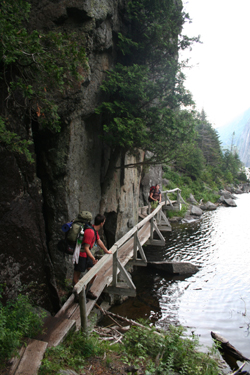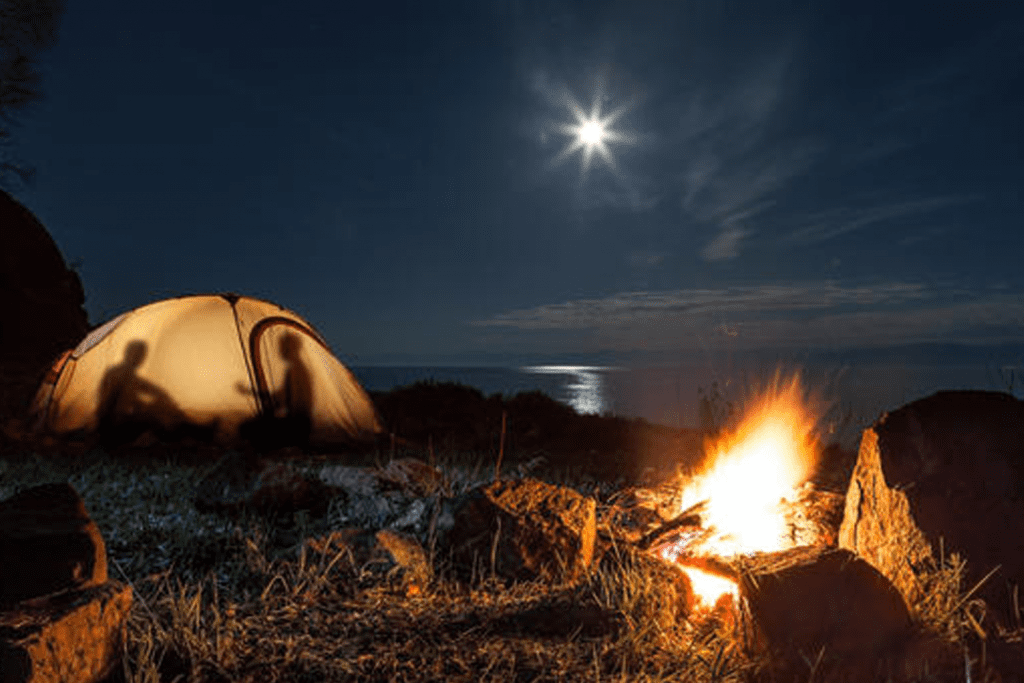Primitive Camping

What is primitive camping?
Primitive camping involves little or no amenities such as running water, electric, picnic tables, and restrooms. Primitive camping is sometimes referred to as back-country camping, which is a term used more often in the Forest Preserve and refers to being back in the woods, away from civilization.
Where to camp
Primitive camping is allowed on Forest Preserve lands in the Adirondack and Catskill Parks and most State Forests (including reforestation, multiple use and unique areas). Camping may be restricted on specific properties.
- You can camp anywhere as long as you are at least 150 feet from a water body, road, or trail, unless the area is posted as “Camping Prohibited.”
- Tents are not allowed inside lean-tos. Around lean-tos, camp at least 150 feet from the lean-to unless there is a “Camp Here” marker.
- Camping for more than 3 nights or with 10 or more people requires a permit from a forest ranger.
Camping is allowed on some Conservation Easements and only at designated primitive campsites.
Designated primitive campsites
You may also camp at any designated primitive campsite. These are situated to minimize the impacts of camping. The sites are typically flatter than other areas and have deeper, harder soils more resistant to heavy use and erosion. Many sites have nearby pit privies as well.

Campers are encouraged to use these campsites. They are often are less than 150 feet away from water, trails and roads, so the locations are appealing to campers who otherwise must camp more than 150 feet from water, trails and roads.

All designated primitive campsites have yellow and black “Camp Here” marker. Many on lakes and ponds are often identified by number – a yellow number on a dark brown wooden plaque typically attached to a tree near the edge of the water.
Primitive campsites are first-come-first-served, and cannot be reserved. It is proper etiquette to share your campsite for one night if a second camper or group of campers arrives after dark especially if there is rain, cold or strong winds. In the morning the second group should pack up and move on to find another location. This is rare, but can happen in the heavily used Adirondack Eastern High Peaks.
Areas where camping is not allowed
Camping is typically prohibited in Wildlife Management Areas, Historic and Nature Preserves, and Conservation Easements. Camping is also prohibited above 3,500 feet in elevation from March 22 until December 20 each year to protect the fragile summit environment.
Is a back country camping permit required?
For your safety, camping for more than three nights, or in a group of ten or more requires a permit from a Forest Ranger. Please observe all State Land Camping and Hiking Rules.


